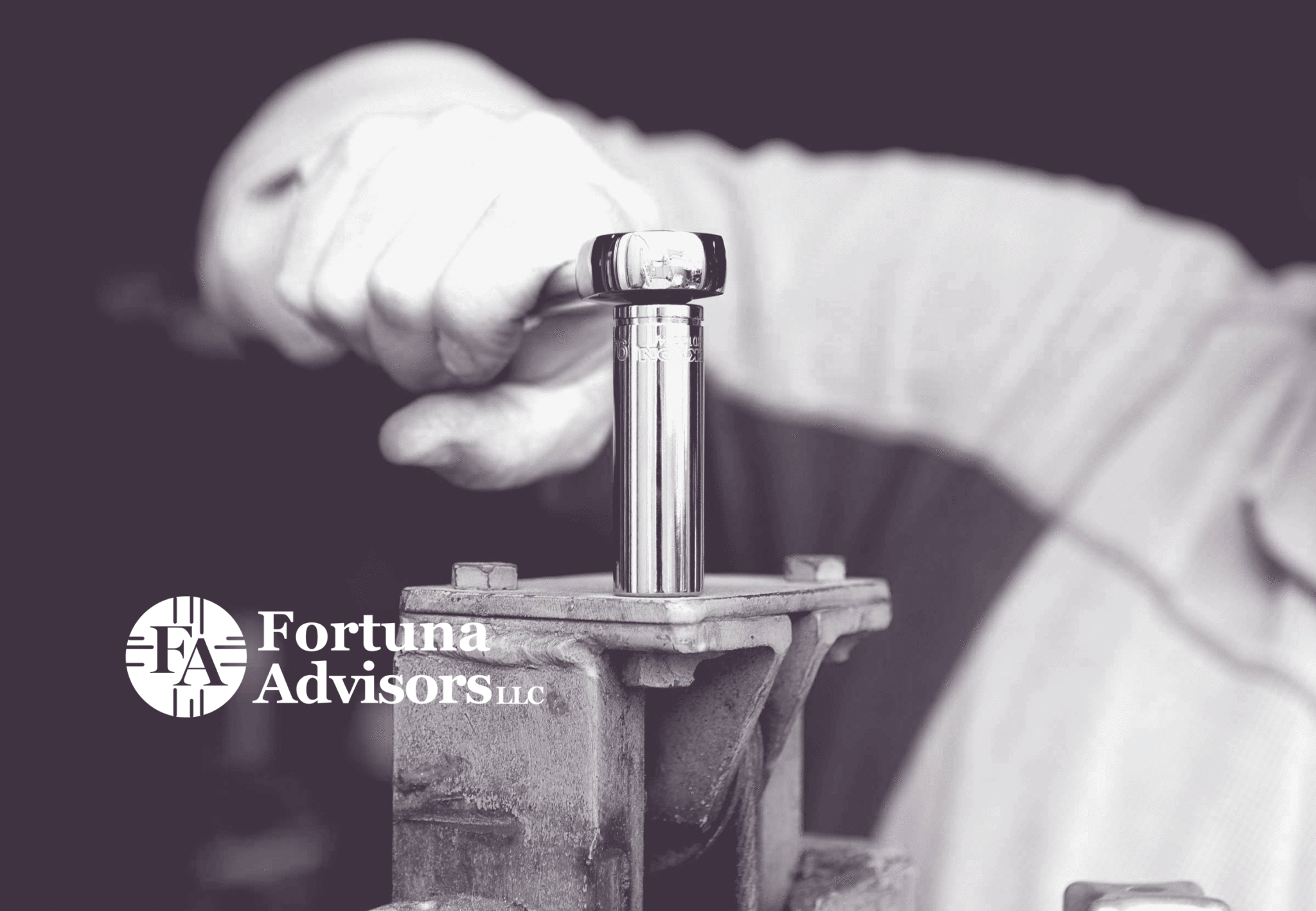Although there are countless operating initiatives we can pursue to create value in business they all can be characterized in one of three ways.
First, we can make investments that deliver a return over the life of the investment above the required return on capital. Second, we can improve the profitability of existing activities by some combination of price and cost management. Third, we can improve asset productivity and deliver more profit or cash flow per dollar of assets.
This last method is interesting, and often effective. But it can get us into trouble if we are not careful. The commonly used term for asset productivity is “asset turnover,” which is measured as dollars of revenue per dollar of assets.
A while back I began inverting this ratio and calling it “asset intensity.” Just as we can look at costs as a percentage of revenue, we can view assets as a percentage of revenue, which makes them more comparable to costs. Whether we are talking about cost to revenue or asset intensity, up is generally bad and down is good.
Consider a management team that improves their $120 million production plant. The plant produces 9 million units a year that are sold for $10 each, which yields $90 million of revenue. Their current asset intensity is 1.33x, which is the $120 million of assets divided by the $90 million revenue.
Note that asset intensity by itself doesn’t tell us much. If this business has a very high cash profit margin, asset intensity of 1.33x might be very attractive. On the other hand, if a company is faced with razor-thin margins, 1.33x might be too asset intensive. Another way to think about this is that high asset intensity isn’t a problem as long as margins are high enough. Similarly, low margins are not a problem as long as asset intensity is low enough.
Imagine that the company’s production engineers realize they have a bottleneck in production that is constraining volume. The majority of the plant is capable of greater volume, but one process cannot handle any more. So the volume produced by the whole plant is limited. They propose some new equipment and process-flow changes that will require $5 million of capital but are expected to increase volume by a million units per year.
What will happen to asset intensity?
The assets will rise from $120 million to $125 million, and if they produce 1 million more units at $10 per unit, then revenue will rise by $10 million to $100 million. The new asset intensity will decline from 1.33x to 1.25x ($125 million divided by $100 million). In other words, while it used to take $1.33 of assets to produce a dollar of revenue, it now takes only $1.25 of assets.
If we assume the returns generated by the business were adequate beforehand and margins held constant, then the returns would be even more adequate after this asset intensity decline. So it’s good.
What if the company stops investing and their production, pricing, and assets stay the same? In accounting, assets are depreciated to recognize the cost of an asset over its life. What if a few years later revenue was still $100 million, but the assets have depreciated down to $100 million? Now asset intensity will be down from 1.25x to 1.00x—is this good?
Although it seems that performance has improved, that is an accounting fiction. When companies “sweat their assets,” they are typically reinvesting less than their depreciation, and measures such as asset intensity, asset turnover, return on capital and economic profit all look better. But nothing really happened.
When a company is investing very little in the business and the net property, plant & equipment (PP&E) balance is falling by the depreciation each year, it’s often said that the company is “sweating assets.” The decline in net PP&E is not the result of any transaction or cash flow, just the accounting depreciation.
One way to test if a company is sweating assets is to examine the ratio of net property, plant, and equipment to gross property plant and equipment, or simply the net-to-gross ratio of corporate assets. When companies are investing heavily in the future, their net-to-gross asset ratio tends to rise as there are proportionately more new assets. When companies are investing very little and sweating assets, the net-to-gross ratio tends to decline as assets age with very little replacement and investment.
To test what impact the changes in net to gross ratio might have, we studied total shareholder return (TSR), which includes share price appreciation and dividends paid in relation to changes in the net-to-gross ratio. We studied 483 non-financial, non-real estate members of the current Russell 1000 index and created four groups, or quartiles, based on the companies’ changes in the net-to-gross ratio between 2006 and 2016.
The group of companies that increased their net-to-gross asset ratios the most had median TSRs of 13.0% per year or 307% cumulatively over the ten years. Those companies increased their net-to-gross ratio by at least 4% over the ten years.
The companies with significantly declining net-to-gross didn’t fare as well, recording a median TSR of only 6.8% per year, or 124% cumulatively. Those “sweaters” saw a decline in their net-to-gross ratio of at least 12% over the period. It is clear that those investing enough to increase their net-to-gross ratio had substantially better median TSR than those who were merely sweating assets.
There are three important messages. The first is that true operating-asset efficiency improvements, such as the de-bottlenecking example above, can be very good for the company and its shareholders.
Secondly, if apparent improvements in asset efficiency are stemming only from declines in the net-to-gross ratio, then this is probably not good for shareholders. And third, to avoid this problem, companies can use gross assets instead of net assets for asset productivity, return, and economic profit measures. The signals are much better.

